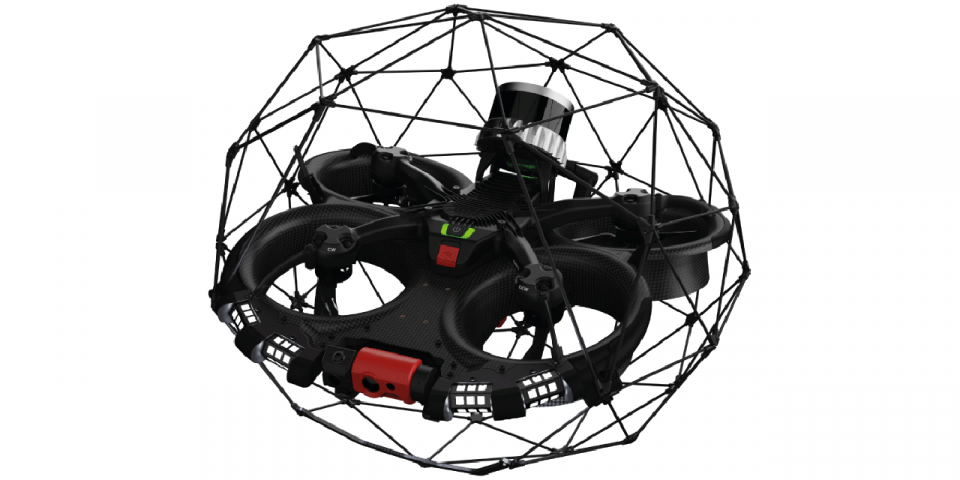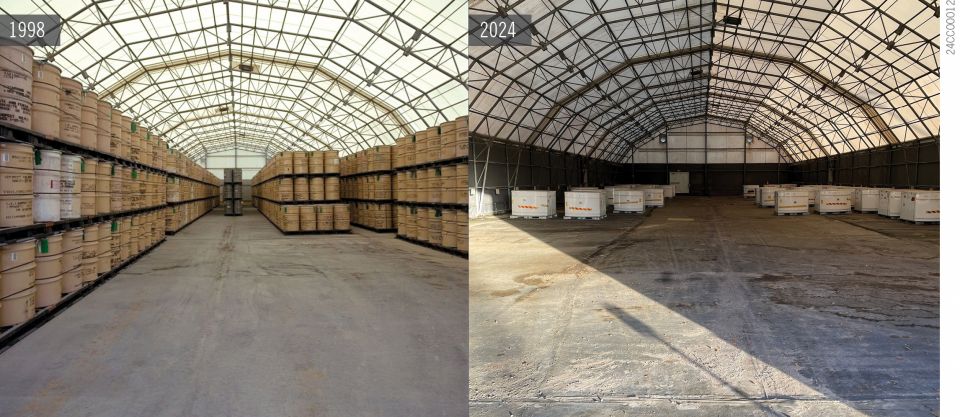An incredible investment: With these 2024 awards, DOE-NE has released total funding in excess of $1 billion since 2009 to U.S. colleges and universities to promote nuclear energy research and train the next generation of nuclear energy leaders.
“Eclipsing $1 billion represents an incredible investment in our nation’s colleges and universities, as well as the faculty and students performing nuclear energy research,” said assistant secretary for nuclear energy Kathryn Huff. “We’re going to need a thriving workforce to triple nuclear energy by 2050 and meet the president’s ambitious climate goals. These awards move us one step closer to realizing a clean energy future.”
Specifics: In the most recent round of awards, 50 projects were supported in the following areas:
- Consolidated Innovative Nuclear Research (CINR) Research and Development ($44 million): Supporting 44 awards through the Nuclear Energy University Program—most at or around $1 million—to solve complex problems to advance nuclear science and technology in eight categories: advanced nuclear materials, fuel cycle technologies, fuels, instrumentation and controls, licensing and safety, modeling and simulation, reactor development and plant optimization, and “strategic needs blue sky.”
- CINR Integrated Research Projects ($9 million): Funding three multidisciplinary teams to address specific research challenges and capability gaps in nuclear energy. The three teams are led by the Georgia Institute of Technology, studying access to the ultimate heat sink for site-neutral deployment of advanced reactors (about $3.1 million); the University of Texas at San Antonio, studying the thermodynamic stability of fission products in advanced reactor fuels ($3 million); and Texas A&M University, studying the manufacturing of oxide-dispersion strengthened steels for nuclear applications (about $3 million).
- Access to Nuclear Science User Facilities ($6.6 million): Provides three research teams access to facilities and unique capabilities to help maintain the existing fleet of reactors and advance next generation nuclear technologies. The research teams are led by the Electric Power Research Institute, Los Alamos National Laboratory, and Pacific Northwest National Laboratory.
In addition, four of the CINR Research and Development university awardees—North Carolina State University, Oregon State University, University of Illinois–Urbana-Champaign, and University of Michigan—will also receive Nuclear Science User Facility access funds.








